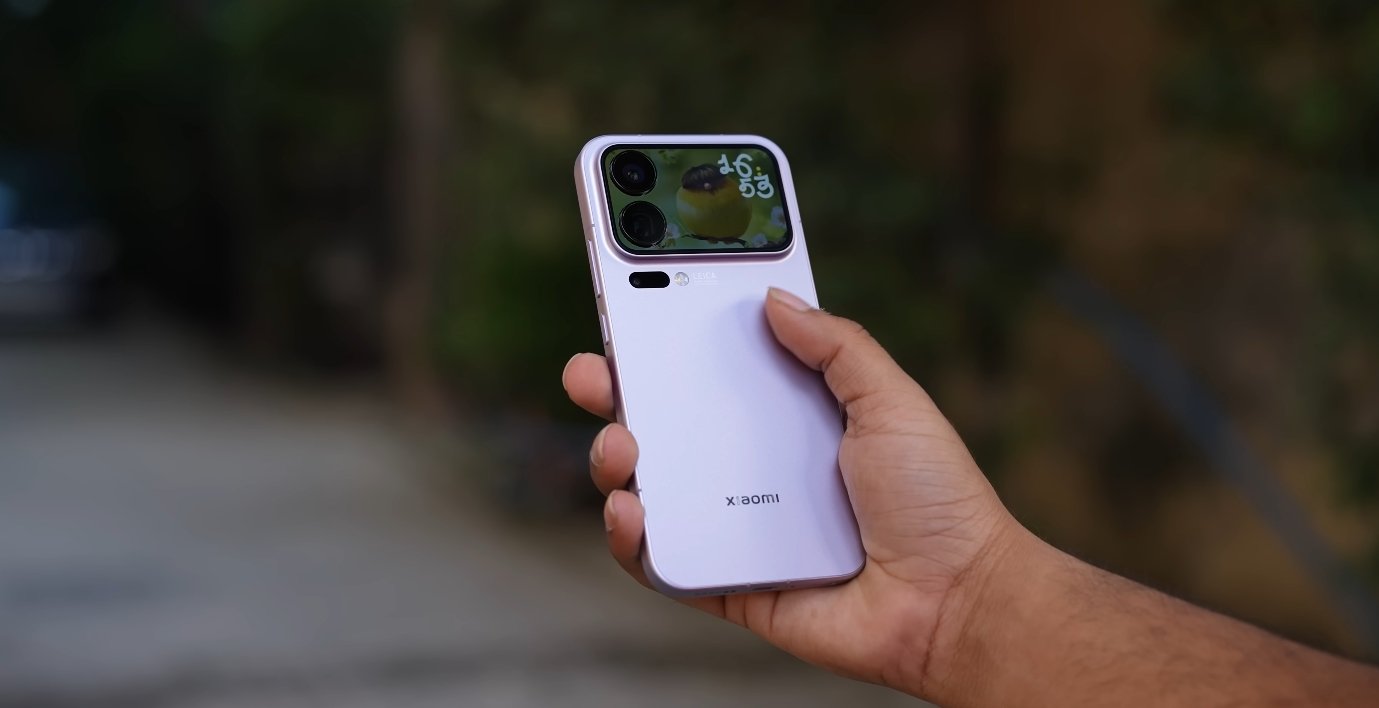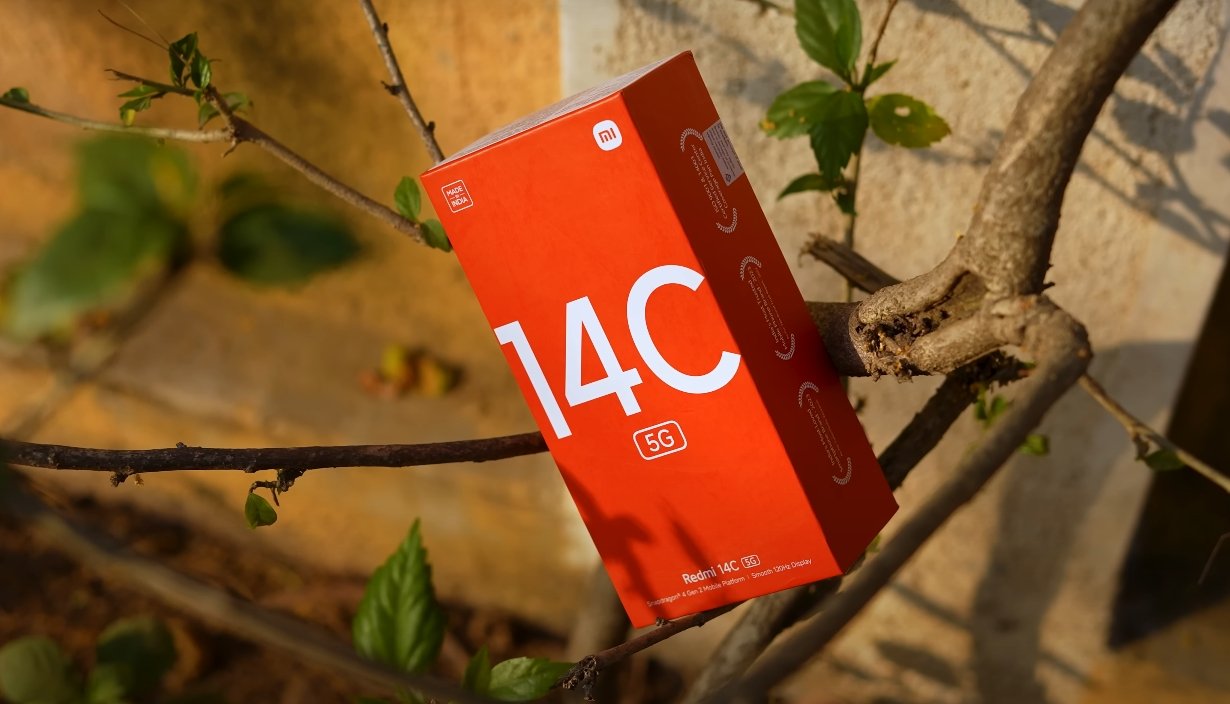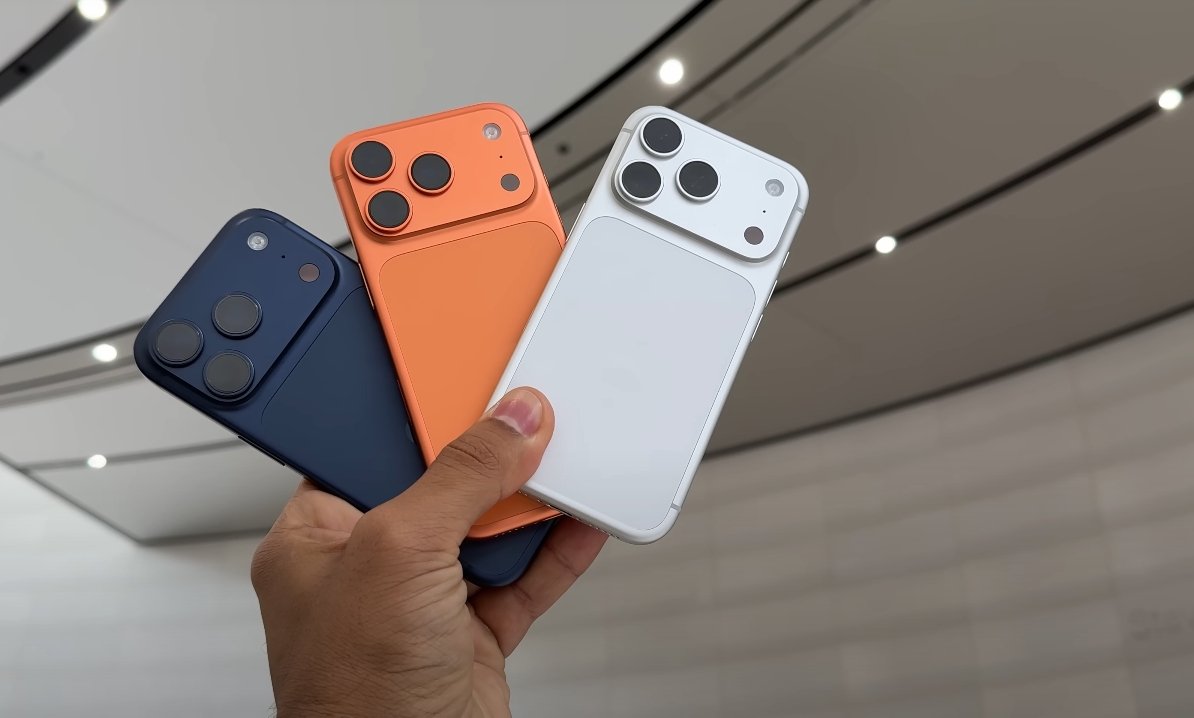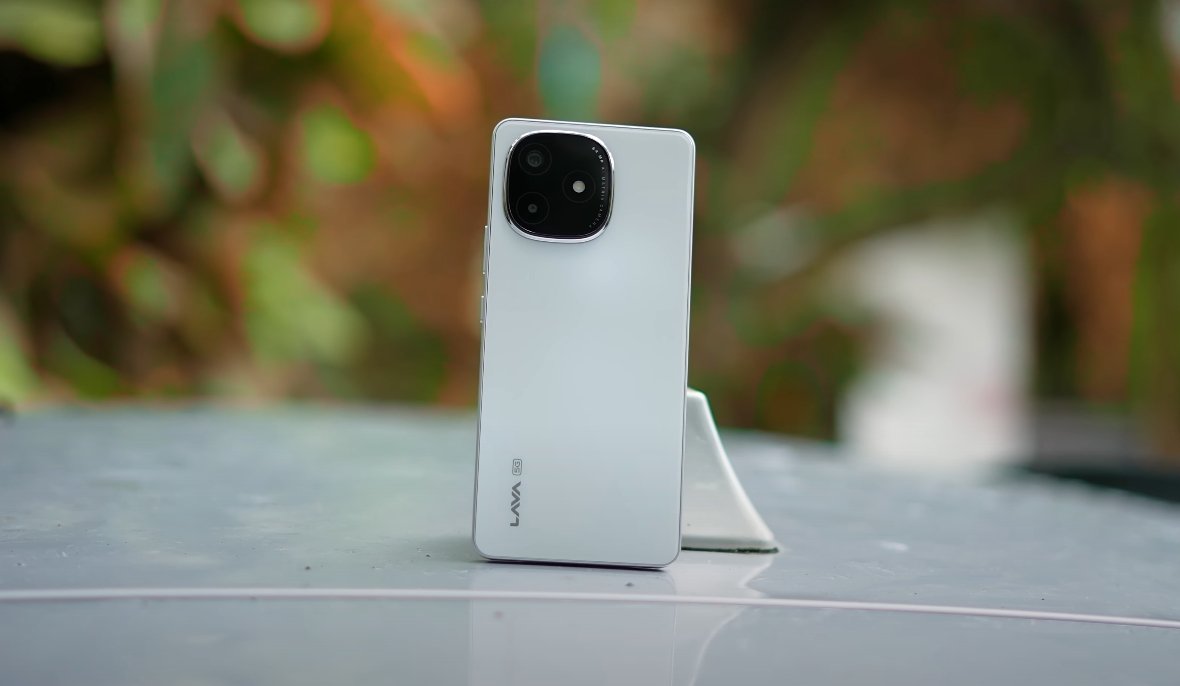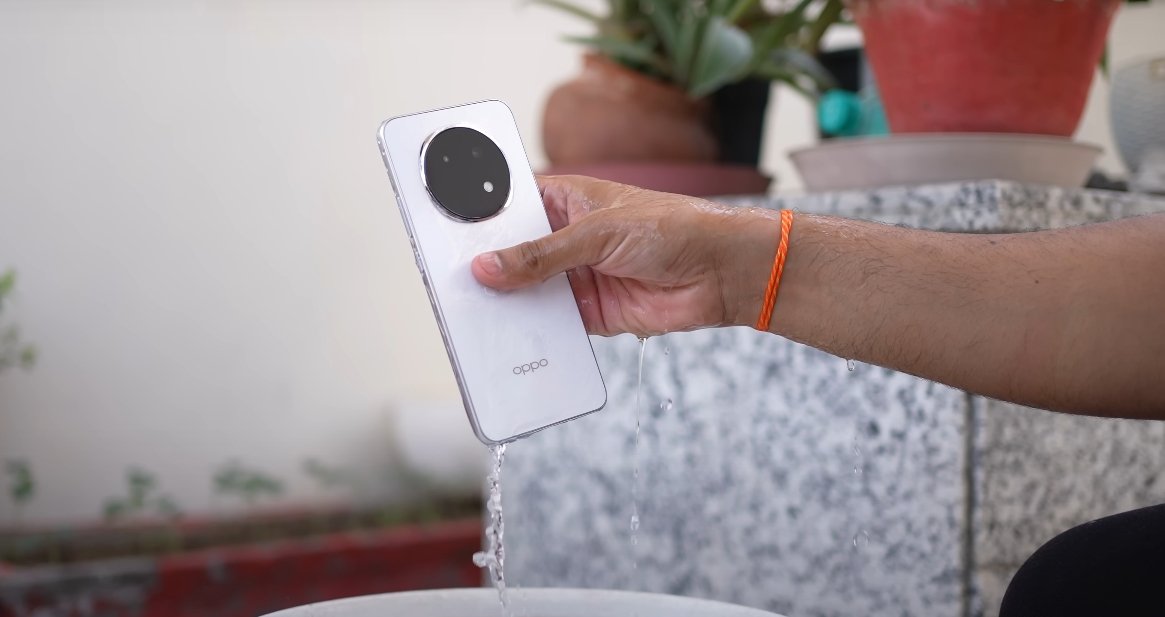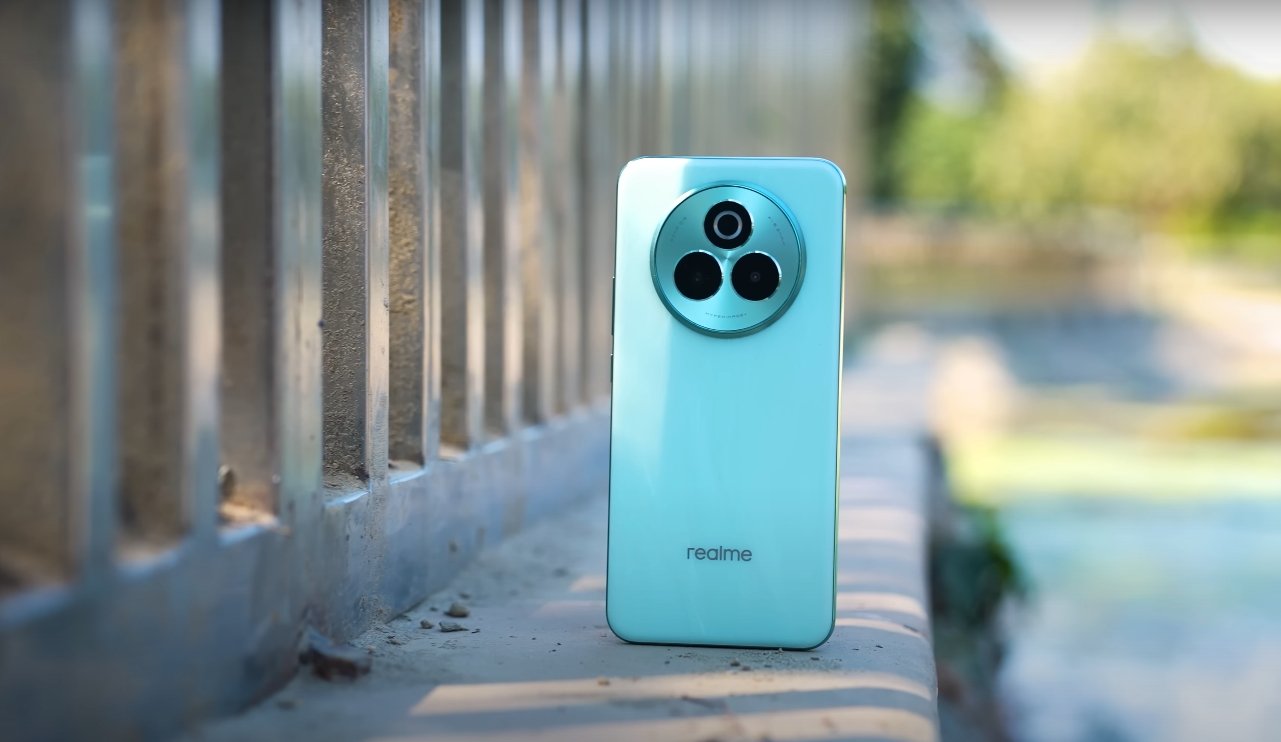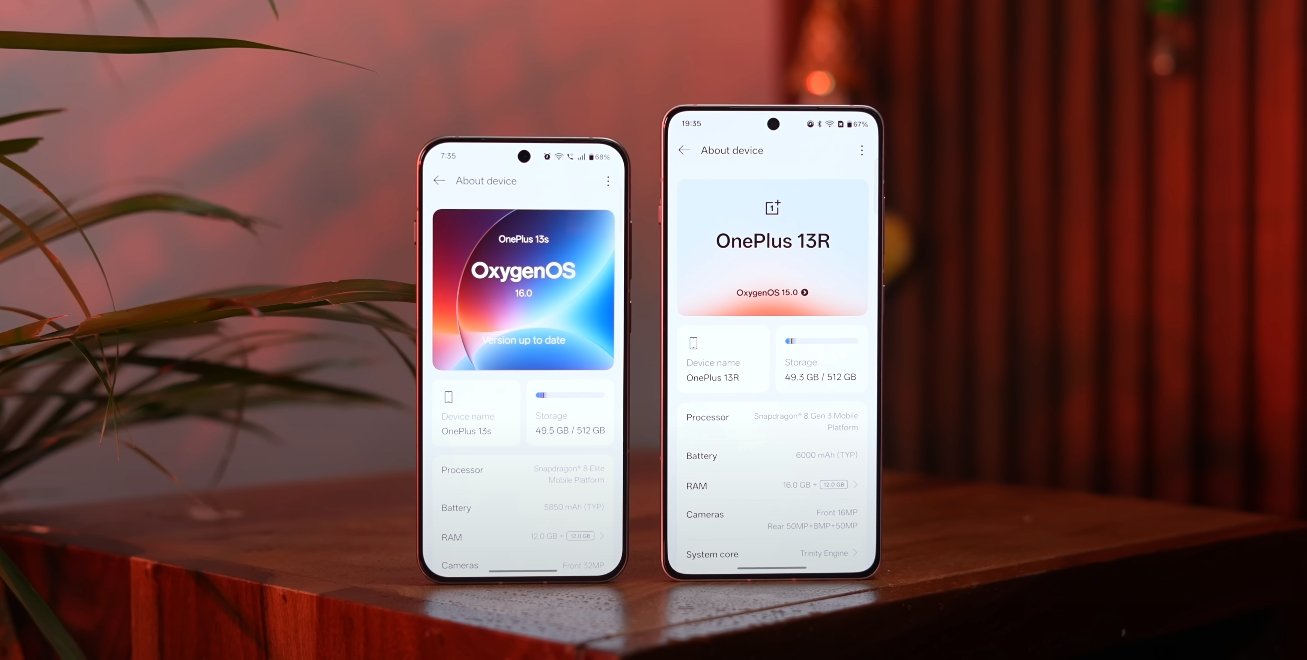Flagship Camera Battle: Xiaomi vs Apple
The camera has become one of the most critical features in flagship smartphones, and the Xiaomi 17 Pro Max and iPhone 16 Plus showcase how far mobile photography has come. Both devices offer advanced imaging systems, yet their approaches differ significantly. Xiaomi emphasizes hardware versatility and high-resolution sensors, while Apple focuses on optimized software and consistent performance. This comparison examines their performance in photography, video recording, low-light conditions, and user experience.
The Xiaomi 17 Pro Max features a triple-camera setup, including a 50MP primary sensor, a 50MP periscope telephoto lens with 5x optical zoom, and a 50MP ultra-wide lens with a 115° field of view. This configuration provides users with a comprehensive toolkit for landscapes, close-ups, and distant subjects. In contrast, the iPhone 16 Plus has a dual-camera system with a 48MP wide-angle lens and a 12MP ultra-wide lens, focusing on efficiency, color accuracy, and advanced software features such as the Photonic Engine, Deep Fusion, and Smart HDR 5.
Daylight photography favors the Xiaomi 17 Pro Max in versatility. Its main sensor produces vibrant, detailed images with accurate colors, while the telephoto lens maintains clarity even at 5x zoom. The ultra-wide lens offers expansive perspectives with minimal distortion, making it ideal for landscape and group shots. The iPhone 16 Plus also performs excellently in daylight, producing sharp, natural colors and accurate detail, but its narrower zoom range limits flexibility in certain scenarios. Apple’s advantage lies in consistently reliable results without requiring manual adjustments.
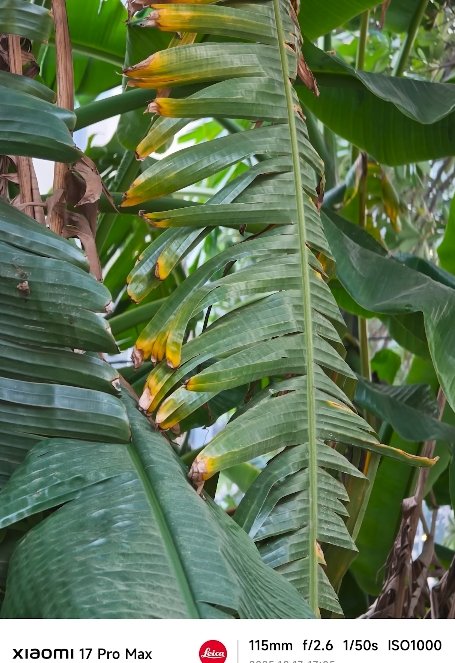
Low-light performance highlights the strengths of both devices in different ways. The Xiaomi 17 Pro Max uses its larger sensors and advanced noise reduction algorithms to capture brighter, detailed images in challenging lighting. Night mode further enhances exposure and reduces noise, allowing users to shoot indoors or at night with confidence. The iPhone 16 Plus leverages Deep Fusion and Smart HDR 5 to optimize image detail and maintain color accuracy, producing clear and well-balanced shots even in dimly lit environments. While Xiaomi offers more brightness and versatility, Apple provides predictably excellent low-light results.
Portrait and selfie photography demonstrates the balance between hardware and software. The Xiaomi 17 Pro Max’s 50MP front-facing camera captures detailed selfies, and its portrait mode isolates subjects effectively to create pleasing bokeh. The iPhone 16 Plus uses a 12MP front camera with Portrait Lighting, offering six effects and adjustable depth control. While Xiaomi emphasizes high-resolution detail, Apple ensures smooth, natural results with minimal effort, appealing to users who prefer consistent quality.
Video capabilities further differentiate the two devices. The Xiaomi 17 Pro Max supports 8K recording at 30fps and 4K at 60fps, with stabilization to reduce shakes during handheld shooting. This makes it suitable for high-resolution content creation and flexible video capture. The iPhone 16 Plus records 4K Dolby Vision HDR videos at up to 60fps, with Cinematic mode allowing rack focus effects and spatial audio recording for immersive results. Xiaomi offers higher resolution, while Apple delivers refined post-processing and cinematic video quality.
Software and AI enhancements play a key role in both phones. Xiaomi integrates Leica’s color science and AI scene detection to automatically optimize settings for each shot. Users can also access Pro modes for manual control. The iPhone 16 Plus relies on Apple’s ecosystem-wide optimizations, ensuring that every photo is processed for the best balance of detail, color, and contrast. Xiaomi provides versatility and customization, while Apple prioritizes ease-of-use and consistent outcomes.
In conclusion, the Xiaomi 17 Pro Max and iPhone 16 Plus excel in smartphone photography, but in different ways. Xiaomi offers a versatile triple-camera system with high-resolution sensors, superior zoom, and expansive shooting options, making it ideal for photography enthusiasts who want full control. The iPhone 16 Plus delivers consistently high-quality images and videos, emphasizing optimized software and user-friendly operation for those who value reliability and integration with Apple’s ecosystem. The choice ultimately depends on whether the user prioritizes raw flexibility and resolution or smooth, dependable performance across every shooting scenario.
Also Read: Xiaomi 17 Pro Max wireless charging support details
